Home>Articles>How Much Hail Damage For Insurance To Replace Roof
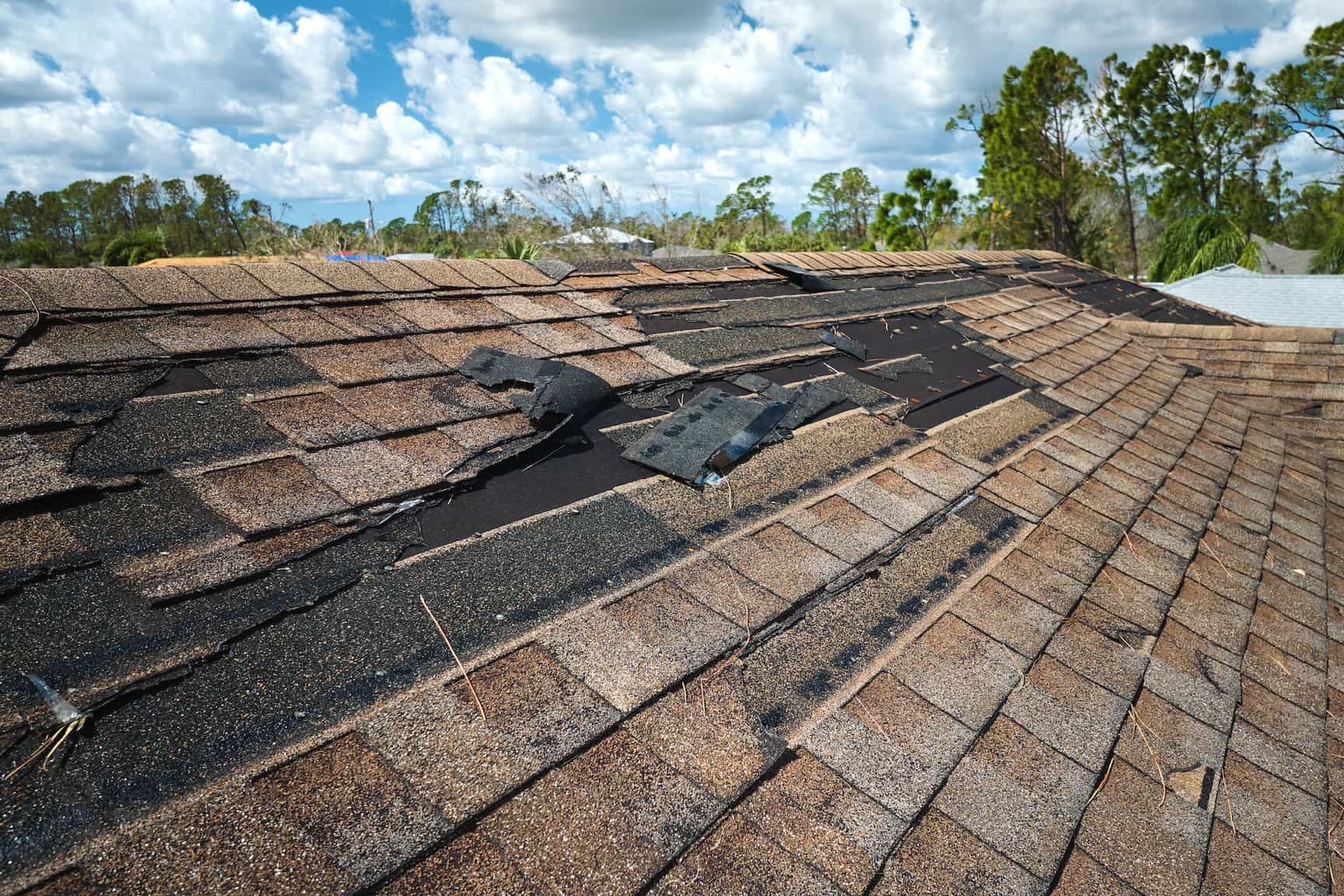

Articles
How Much Hail Damage For Insurance To Replace Roof
Modified: August 27, 2024
Learn how much hail damage you need to claim insurance and replace your roof by reading our informative articles on this topic.
(Many of the links in this article redirect to a specific reviewed product. Your purchase of these products through affiliate links helps to generate commission for Storables.com, at no extra cost. Learn more)
Introduction
Welcome to our comprehensive guide on understanding the impact of hail damage on roofs and how it affects insurance coverage for roof replacement. Hailstorms can be a common occurrence in many regions, and the damage caused by hail can be significant. As a homeowner, it’s crucial to have a clear understanding of the severity of hail damage and the steps to take in order to protect your investment.
Hail damage to a roof can range from minor cosmetic issues to more severe structural damage. It’s important to assess the extent of the damage accurately to determine whether it qualifies for an insurance claim. Insurance coverage for roof replacement due to hail damage can vary depending on your policy, the severity of the damage, and other factors. Knowing what to expect when filing a claim can help you navigate the process more smoothly.
In this guide, we will discuss how to determine the severity of hail damage to your roof, the factors that impact insurance coverage, the steps to take when filing a hail damage insurance claim, and how insurance companies calculate roof replacement costs. By understanding these factors, you can better position yourself to handle the aftermath of a hailstorm and ensure that you receive adequate coverage to replace your damaged roof.
We will also provide you with tips on what to do immediately after a hailstorm to prevent further damage and protect your home. By implementing these steps proactively, you can minimize the risk of additional problems arising as a result of hail damage.
Join us as we delve into the world of hail damage, insurance coverage, and roof replacement. Armed with this knowledge, you will be better equipped to navigate the insurance claims process and ensure that your home is restored to its former glory in the event of hailstorm damage.
Key Takeaways:
- Understanding the severity of hail damage and the factors that impact insurance coverage is crucial for homeowners. Prompt action, thorough documentation, and cooperation with insurance companies can lead to successful roof replacement claims.
- After a hailstorm, homeowners should prioritize safety, document damages, and engage professional roofing contractors. Understanding policy terms, calculating replacement costs, and following the claims process diligently are key to navigating insurance coverage for roof replacement.
Read more: How Much Hail Damage To Replace Siding
Understanding Hail Damage
Hail damage occurs when hailstones, which are solid balls of ice, strike and impact a surface. In the case of roofs, hailstones can cause a range of damages, from minor dents and cracks to significant structural issues. The severity of the damage depends on various factors, including the size and velocity of the hailstones, the roofing material’s durability, and the angle of impact.
One of the most common materials used for roofing is asphalt shingles. When hail hits these shingles, it can result in granule loss, cracks, punctures, and even penetration through the shingle layers. These damages compromise the roof’s integrity, making it more susceptible to leaks and other issues. Other roofing materials, such as metal, tile, or wood, can also be damaged by hail, albeit with varying degrees of severity.
It’s essential to inspect your roof for any signs of hail damage after a storm. Some visible signs include dented or cracked shingles, missing granules, exposed underlayment, and displaced or broken tiles. In some cases, hail damage may not be immediately apparent, especially if the damage is not easily visible from the ground. Hiring a professional roofing contractor to conduct a detailed inspection is recommended to assess the extent of the damage accurately.
Hail damage can extend beyond the roof itself. Other areas of your property, such as gutters, siding, windows, and outdoor structures, may also be affected. These damages should be documented and included in your insurance claim.
It’s worth noting that not all hailstorms cause severe damage. The size and velocity of hailstones play a significant role in determining the level of destruction. Larger hailstones and storms with strong winds are more likely to cause substantial damages. However, even smaller hailstones can cause harm if they hit the roof at high speeds or repeatedly over time.
The impact of hail damage goes beyond the physical aspects of your roof and property. It can also affect the lifespan of your roof and decrease its overall value. Roofing materials that have been significantly damaged by hail may not be able to provide adequate protection from future weather events, making it necessary to consider a roof replacement.
Now that we have a better understanding of hail damage, let’s explore how it affects insurance coverage for roof replacement.
Determining the Severity of Hail Damage
When assessing hail damage to your roof, it is essential to determine the severity of the damage. This evaluation will help you understand the extent of the repairs needed and whether it meets the criteria for an insurance claim. There are several key factors to consider when determining the severity of hail damage:
- Size of the hailstones: Larger hailstones typically cause more significant damage. Stones with a diameter of 1 inch or greater are considered to be severe.
- Number of hail hits per square foot: The more hail hits a particular area, the greater the potential for damage. Multiple impacts in close proximity can weaken the roof’s integrity.
- Angle of impact: The angle at which the hailstone strikes the roof can affect the severity of the damage. A direct impact is more likely to cause damage compared to a glancing blow.
- Type of roofing material: Different roofing materials have varying levels of resistance to hail damage. For example, metal or slate roofs are generally more durable than asphalt shingles.
- Age and condition of the roof: Older roofs or those in poor condition may be more susceptible to hail damage. Pre-existing damage or wear and tear can exacerbate the impact of a hailstorm.
Inspecting your roof for hail damage requires a careful assessment. Look for signs such as dented or cracked shingles, missing granules, exposed underlayment, or damaged flashing. Pay attention to areas around vents, chimneys, and skylights, as they are particularly vulnerable to hail damage. It’s also a good idea to check gutters and downspouts for signs of debris, which indicate roof damage.
If you’re unsure about the severity of the damage or don’t feel comfortable assessing it yourself, it’s recommended to hire a professional roofing contractor. They have the expertise and experience to identify hail damage accurately and provide an estimate for repairs or a roof replacement.
Remember, not all hail damage is immediately visible. Some damages may only become apparent over time as leaks or other issues develop. Therefore, it’s important to have regular roof inspections, especially after severe weather events, to catch any hidden damage early on.
In the next section, we will discuss how insurance coverage for roof replacement due to hail damage is determined.
Assessing Insurance Coverage for Roof Replacement
When it comes to assessing insurance coverage for roof replacement due to hail damage, it’s crucial to review your homeowners insurance policy and understand the specific terms and conditions. Insurance coverage can vary depending on various factors, including your location, policy type, and the extent of the damage.
Most homeowners insurance policies cover damages caused by hail, but the level of coverage can vary. The two main types of coverage that may apply to roof replacement are actual cash value (ACV) and replacement cost value (RCV).
ACV coverage takes into account the age and depreciation of your roof when determining the payout. This means that you may receive less money for an older roof compared to a new one. RCV coverage, on the other hand, covers the actual cost of replacing your roof, without factoring in depreciation. RCV coverage generally provides a higher payout, but it may come with higher premiums.
It’s important to note that insurance policies often have deductibles, which are the out-of-pocket expenses you must pay before the insurance coverage kicks in. Deductibles can vary depending on your policy and can be a fixed amount or a percentage of the insured property’s value. Understanding your deductible is essential when considering filing a claim for a roof replacement.
An adjuster from your insurance company will assess the hail damage to determine the validity of the claim and the amount that will be covered under your policy. The adjuster will inspect the roof and assess the extent of the damage based on industry standards and guidelines. It’s advisable to have your own professional roofing contractor present during the adjuster’s inspection to ensure that all the damages are properly evaluated and considered in the assessment.
Keep in mind that insurance companies may have certain criteria that need to be met for a roof replacement to be covered. These criteria may include the size and number of hail hits, the date of the storm, and the age and condition of the roof. Understanding these criteria and providing the necessary documentation can increase your chances of getting approval for a roof replacement claim.
It’s also important to remember that filing a claim for a roof replacement can potentially increase your insurance premiums. However, if the damage is severe and necessitates a roof replacement, it may be more cost-effective in the long run to file the claim and have the repairs covered by insurance.
Now that we understand how insurance coverage for roof replacement is assessed, let’s explore the factors that can impact your insurance coverage.
Factors that Impact Insurance Coverage
Several factors can impact insurance coverage for roof replacement due to hail damage. It’s important to be aware of these factors to understand how they may affect your ability to file a successful insurance claim. Here are some key factors that can impact insurance coverage:
- Policy terms and conditions: Insurance policies can vary in terms of coverage, deductibles, and exclusions. It’s crucial to thoroughly review your policy to understand what is covered and any limitations or requirements for filing a claim.
- Location: The location of your property can have an impact on insurance coverage. Areas that are prone to frequent hailstorms or severe weather conditions may have higher premiums or specific requirements for hail damage claims.
- Roofing materials: The type of roofing material used can also influence insurance coverage. Some materials, such as metal or impact-resistant shingles, may be more resistant to hail damage and can qualify for additional discounts or coverage options.
- Roof age and condition: The age and overall condition of your roof can impact insurance coverage. Older roofs or those in poor condition may have more difficulty getting full coverage or qualifying for a complete roof replacement.
- Deductibles: Deductibles are the amount you’re responsible for paying out of pocket before insurance coverage kicks in. Higher deductibles can lower your premiums but may require you to bear a greater financial burden if you need to file a claim for roof replacement.
- Claim history: Insurance companies may consider your claim history when assessing coverage for hail damage. If you have a history of multiple claims or a high-risk profile, it may impact your ability to get full coverage or lead to an increase in premiums.
It’s important to communicate openly with your insurance provider, ask questions, and clarify any concerns related to coverage following hail damage. Understand the factors that impact your specific policy and make sure you meet all the requirements when filing a claim.
In the next section, we will discuss the steps involved in filing a hail damage insurance claim for roof replacement.
Tip: Contact your insurance company to assess the hail damage to your roof. Typically, if the damage is significant enough to compromise the roof’s integrity, they may cover the cost of replacement.
Read more: What Does Roof Hail Damage Look Like
Filing a Hail Damage Insurance Claim
Filing a hail damage insurance claim is a crucial step in getting reimbursement for the cost of roof replacement. It’s essential to follow the proper procedures and provide the necessary documentation to ensure a smooth and successful claim process. Here are the steps involved in filing a hail damage insurance claim:
- Assess the damage: Conduct a thorough inspection of your roof to assess the extent of the hail damage. Document the damages by taking clear photos and videos from multiple angles. This evidence will support your insurance claim.
- Review your insurance policy: Familiarize yourself with your insurance policy, including coverage limits, deductibles, and any specific requirements for hail damage claims. Understanding your policy will help you navigate the claim process effectively.
- Contact your insurance provider: Notify your insurance company as soon as possible after the hailstorm. Provide them with all the necessary details about the damage to initiate the claims process. Ask them about specific documentation requirements and deadlines for filing the claim.
- Hire a roofing contractor: Engage a reputable roofing contractor to assess the hail damage and provide a detailed estimate for roof replacement. A professional assessment can strengthen your claim and ensure that you have accurate information about the repairs needed.
- Document the damages: Keep a record of all communication with your insurance company and the roofing contractor. This includes phone calls, emails, and any paperwork exchanged during the claim process.
- Submit the claim: Prepare your claim by providing the necessary documentation, including photos, videos, the roofing contractor’s estimate, and any other supporting evidence. Follow your insurance company’s guidelines for submitting the claim, ensuring that you meet all deadlines.
- Cooperate with the claims adjuster: Once your claim is submitted, an insurance claims adjuster will be assigned to assess the hail damage. Cooperate fully with the adjuster, providing them access to your property and assisting in the inspection process.
- Get multiple estimates: If there is a discrepancy between the roofing contractor’s estimate and the adjuster’s assessment, consider getting multiple estimates from different contractors. This can help support your claim and ensure you receive the appropriate compensation for roof replacement.
- Review the settlement offer: Once the claims adjuster has completed their assessment, they will provide you with a settlement offer. Carefully review the offer and verify that it covers the full cost of roof replacement based on the agreed-upon terms of your policy.
- Appeal if necessary: If you believe the settlement offer is insufficient or if there is a disagreement, you have the right to appeal the decision. Consult with your insurance provider to understand the appeal process and provide any additional evidence to support your case.
Remember to keep copies of all documents related to your claim, including the claim form, receipts, invoices, and any correspondence with your insurance company. These records will be helpful should any disputes or discrepancies arise during the claims process.
Now that we understand the process of filing a hail damage insurance claim, let’s explore how insurance companies calculate the cost of roof replacement.
How Insurance Companies Calculate Roof Replacement Costs
When determining the cost of roof replacement due to hail damage, insurance companies follow a specific process to calculate the reimbursement amount. Understanding how insurance companies calculate roof replacement costs can help you have a clearer understanding of the expected reimbursement. Here are the key factors that insurance companies consider:
- Roofing material and type: The type of roofing material used and the specific type of roof (e.g., asphalt shingles, metal, tile) will impact the cost of replacement. Each material has different price points and labor requirements.
- Roof size and square footage: The size of the roof, measured in square footage, is an important factor in calculating the replacement cost. Larger roofs will generally require more materials and labor, resulting in a higher replacement cost.
- Local labor and material costs: Insurance companies will take into account the local labor and material costs in your area. Prices can vary depending on location, and insurance companies consider these regional factors when calculating the replacement cost.
- Roofing permits and code compliance: If permits are required for the roof replacement or if there are specific building code requirements, insurance companies may factor in the associated costs when calculating the reimbursement amount.
- Age and condition of the roof: The age and overall condition of the roof will also play a role in the reimbursement calculation. Insurance companies may account for depreciation if the roof is older or in poor condition, resulting in a lower reimbursement amount.
- Labor and installation costs: The labor and installation costs, including the removal of the old roof and the installation of the new one, will be considered in the overall replacement cost. This includes the cost of hiring skilled roofers to complete the job.
Insurance companies typically work with industry standards and pricing guidelines to determine the replacement cost. They may consult databases that provide average costs for roofing materials and labor in your area.
It’s important to note that insurance companies will typically cover the reasonable and necessary costs of roof replacement. While they aim to provide sufficient coverage for replacement, it’s crucial to have a clear understanding of your policy and any limitations or exclusions that may apply.
During the claims process, it’s recommended to provide the insurance company with any documentation, such as estimates from professional roofing contractors, that support the costs of roof replacement. This can help ensure that you receive fair and accurate reimbursement for the repairs needed.
Now that we have explored how insurance companies calculate the cost of roof replacement, let’s move on to the steps to take after a hailstorm to protect your home.
Steps to Take After a Hailstorm
After a hailstorm, it’s important to take immediate action to assess and address any potential damage to your home. By following these steps, you can protect your property and ensure a smooth claims process if you need to file for roof replacement:
- Safety first: Prioritize your safety and the safety of your family. If a hailstorm is ongoing, seek shelter indoors until it’s safe to go outside.
- Document the hailstorm: Take photos or videos of the hailstorm itself, showcasing the size of the hailstones and the duration of the storm. This documentation can support your claim and provide evidence of the severity of the weather event.
- Inspect your property: Conduct a thorough inspection of your property, including your roof, siding, gutters, windows, and outdoor structures. Look for any signs of hail damage, such as dents, cracks, or missing shingles. Take clear photographs of the damage for documentation purposes.
- Protect your property: If you notice any immediate damage that could cause further issues, take immediate steps to prevent additional harm. This may include covering broken windows, tarping damaged areas of the roof, or boarding up exposed areas to prevent water intrusion.
- Document the damage: Take detailed photos and videos of all the damages you find. Documenting the extent of the damage is crucial when filing a claim for roof replacement. Make sure to capture close-up shots as well as wider angles to provide a comprehensive view.
- Contact your insurance company: Notify your insurance company about the hail damage as soon as possible. Provide them with the necessary information and documentation to begin the claims process. Follow their instructions regarding filing a claim and provide any additional information they request.
- Engage a professional roofing contractor: Hire a reputable roofing contractor to assess the extent of the hail damage and provide a detailed estimate for roof replacement. Choose a contractor with experience in handling insurance claims to ensure a smooth process.
- Keep records: Maintain copies of all communication with your insurance company, including claim forms, emails, and phone conversations. Also, keep records of any correspondence with the roofing contractor, including estimates, contracts, and invoices.
- Follow the insurance company’s instructions: Cooperate fully with the claims adjuster assigned by your insurance company. Provide them with access to your property and assist in the inspection process. Answer their questions and provide any additional documentation they may require.
- Review the settlement offer: Once the claim is processed, review the settlement offer provided by your insurance company. Make sure it accurately reflects the cost of roof replacement based on the assessed damages and the terms of your policy.
- Proceed with repairs: If you agree with the settlement offer and it covers the necessary roof replacement costs, proceed with selecting a roofing contractor to complete the repairs. Ensure that they are experienced and reputable in performing the required work.
By following these steps, you can protect your property and begin the process of repairing any hail damage. Remember to stay organized, document the damages thoroughly, and maintain open communication with your insurance company throughout the claims process.
Now that we have covered the steps to take after a hailstorm, let’s conclude our guide on hail damage and insurance coverage for roof replacement.
Conclusion
Hailstorms can wreak havoc on roofs, causing varying degrees of damage that may require roof replacement. Understanding the impact of hail damage and navigating the insurance claims process are essential for homeowners. By following the steps outlined in this guide, you can effectively assess hail damage, determine the severity, and file an insurance claim for roof replacement if needed.
Start by understanding the signs of hail damage, such as dented or cracked shingles, missing granules, or exposed underlayment. Conduct a thorough inspection of your roof and document the damages through photographs and videos. If you’re unsure about the severity, consult with a professional roofing contractor to assess the extent of the damage.
When it comes to insurance coverage, review your policy to understand the terms and conditions, including coverage limits, deductibles, and claim requirements. Factors such as location, roofing materials, age and condition of the roof, and claim history can impact your coverage. Work closely with your insurance provider, provide necessary documentation, and cooperate with the claims adjuster to ensure a smooth process.
Insurance companies calculate the cost of roof replacement based on roofing materials, size, labor costs, and local market prices. Understanding how they determine the reimbursement amount can help you evaluate settlement offers and make informed decisions about repairs.
After a hailstorm, take immediate steps to assess any damage, protect your property from further harm, and document the damages thoroughly. Keep records of all communication with your insurance company and roofing contractor, as well as any relevant documents.
Ultimately, the goal is to get your roof repaired or replaced, restoring your home’s integrity and protecting your investment. By following the steps outlined in this guide and being proactive after a hailstorm, you can navigate the process of filing an insurance claim for roof replacement successfully.
Remember, each insurance claim and policy is unique. It’s always a good idea to consult your insurance company directly for specific guidance and to ensure you are adhering to their requirements and procedures.
We hope this comprehensive guide has provided you with valuable insights into hail damage and insurance coverage for roof replacement. Stay informed, take prompt action, and protect your home from the impact of hailstorms.
Frequently Asked Questions about How Much Hail Damage For Insurance To Replace Roof
Was this page helpful?
At Storables.com, we guarantee accurate and reliable information. Our content, validated by Expert Board Contributors, is crafted following stringent Editorial Policies. We're committed to providing you with well-researched, expert-backed insights for all your informational needs.
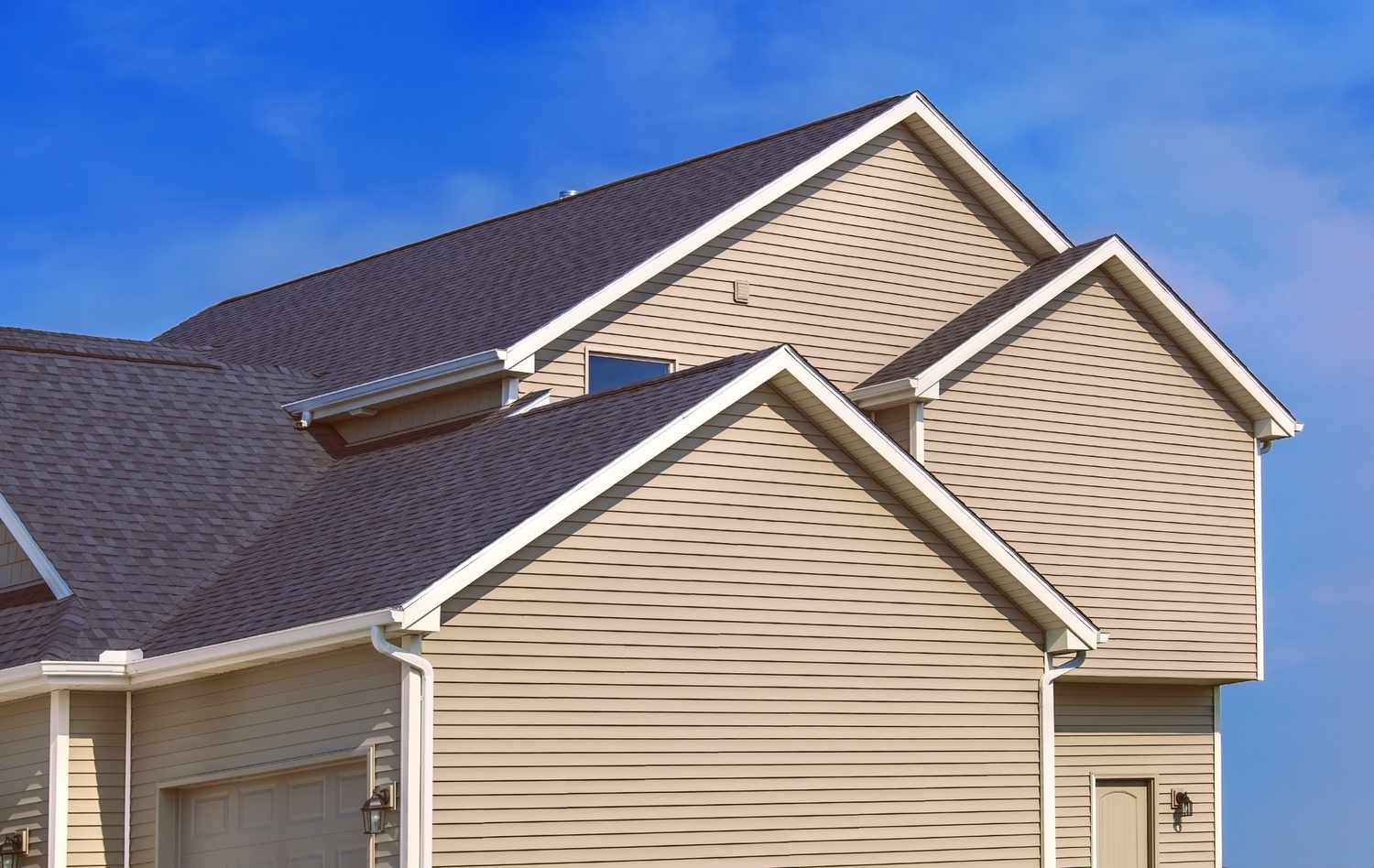

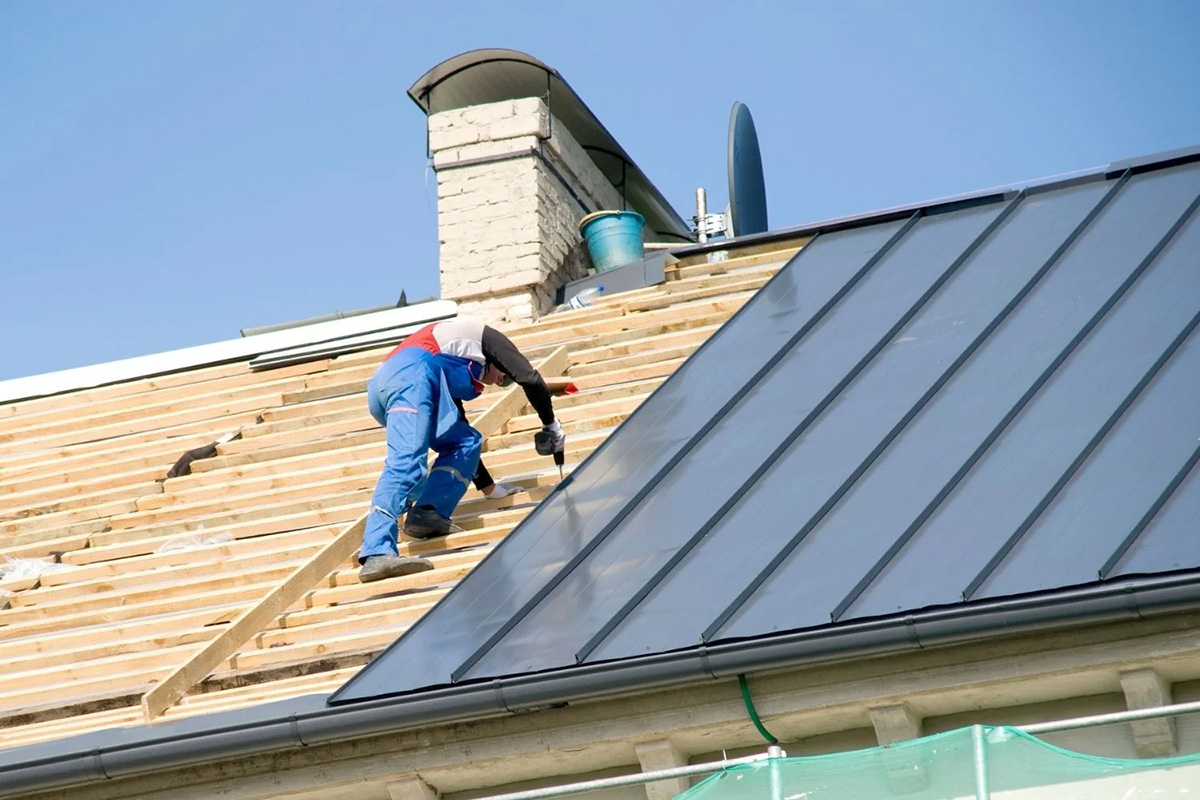
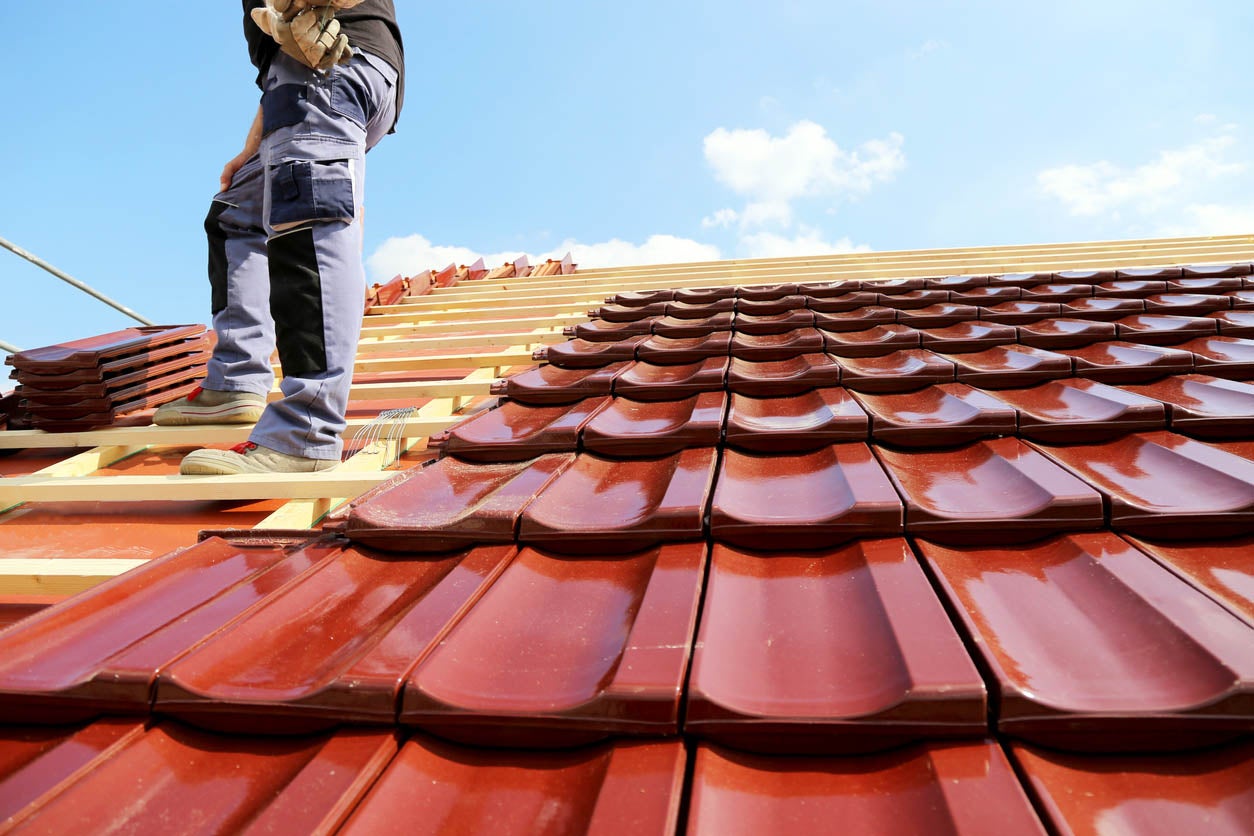
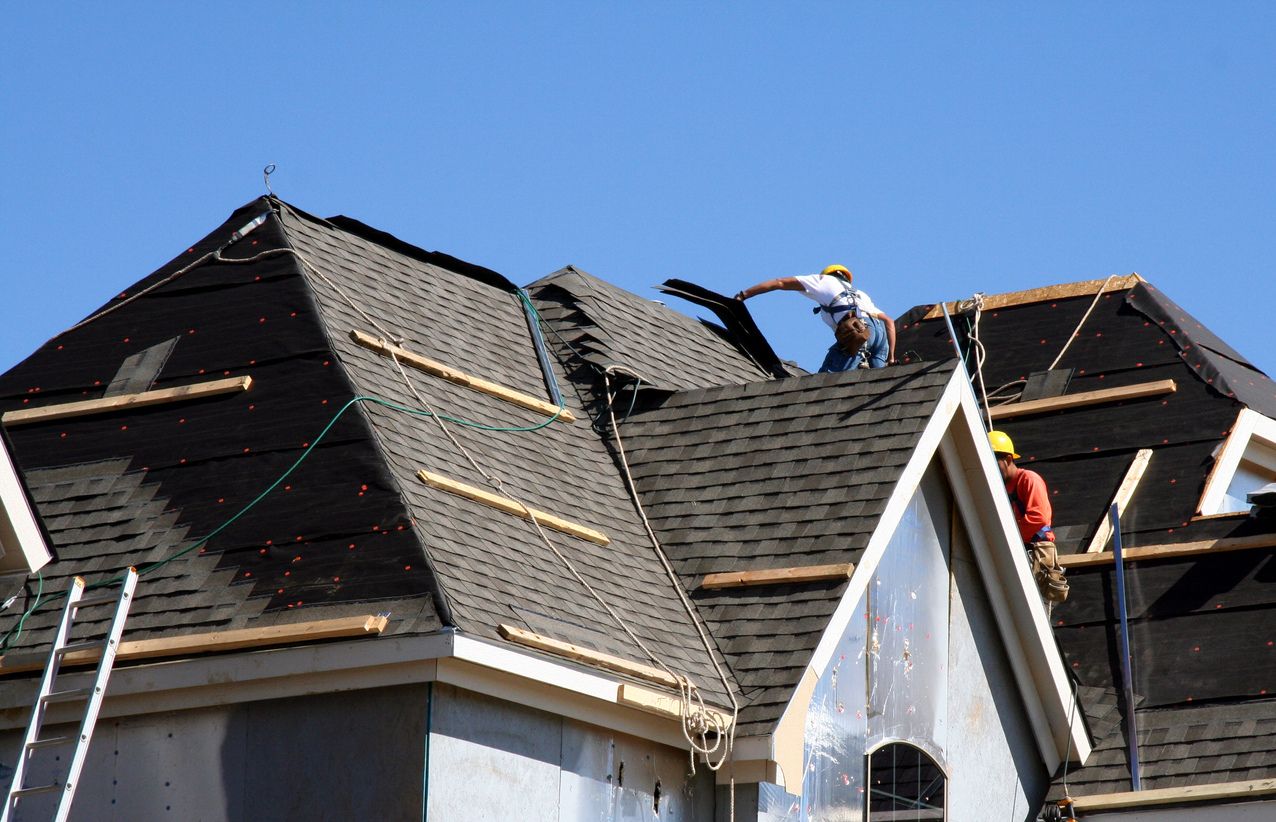
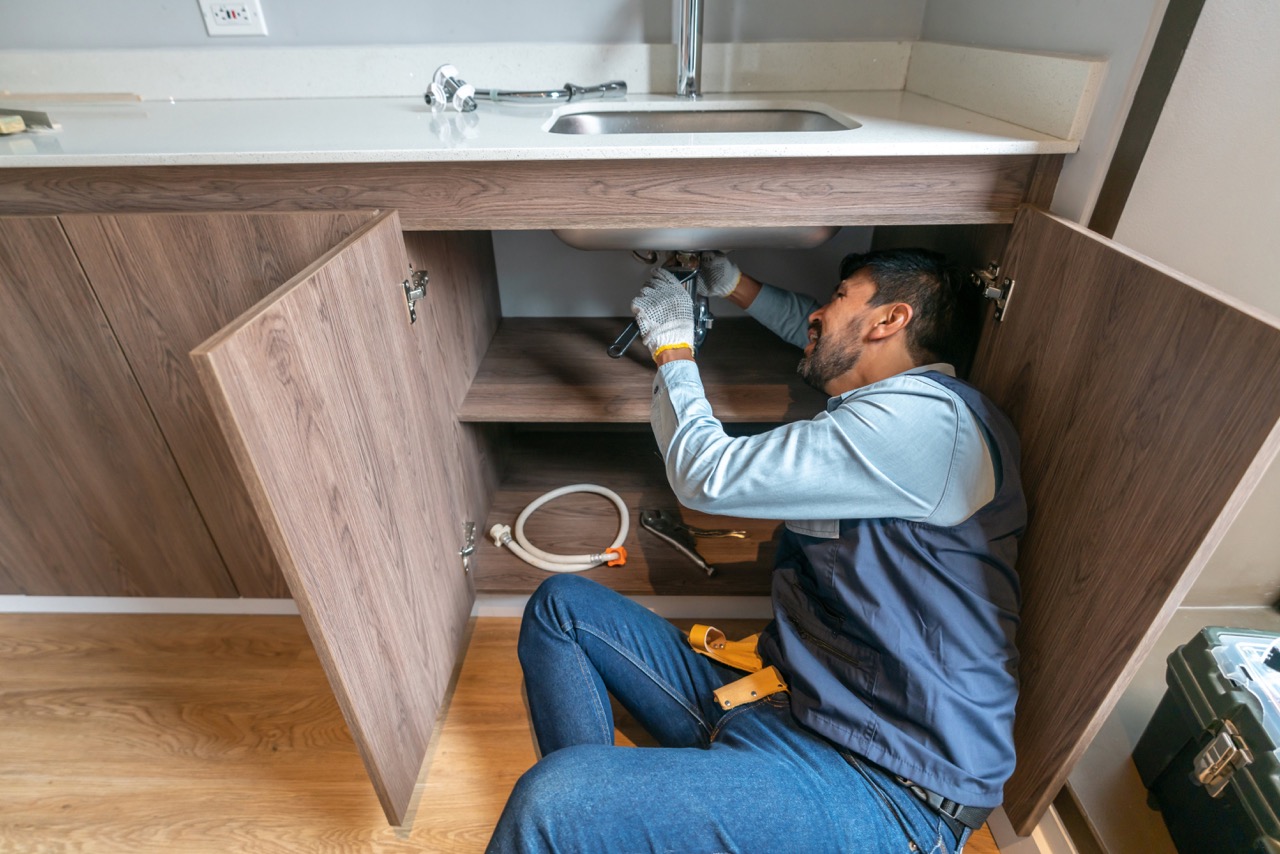
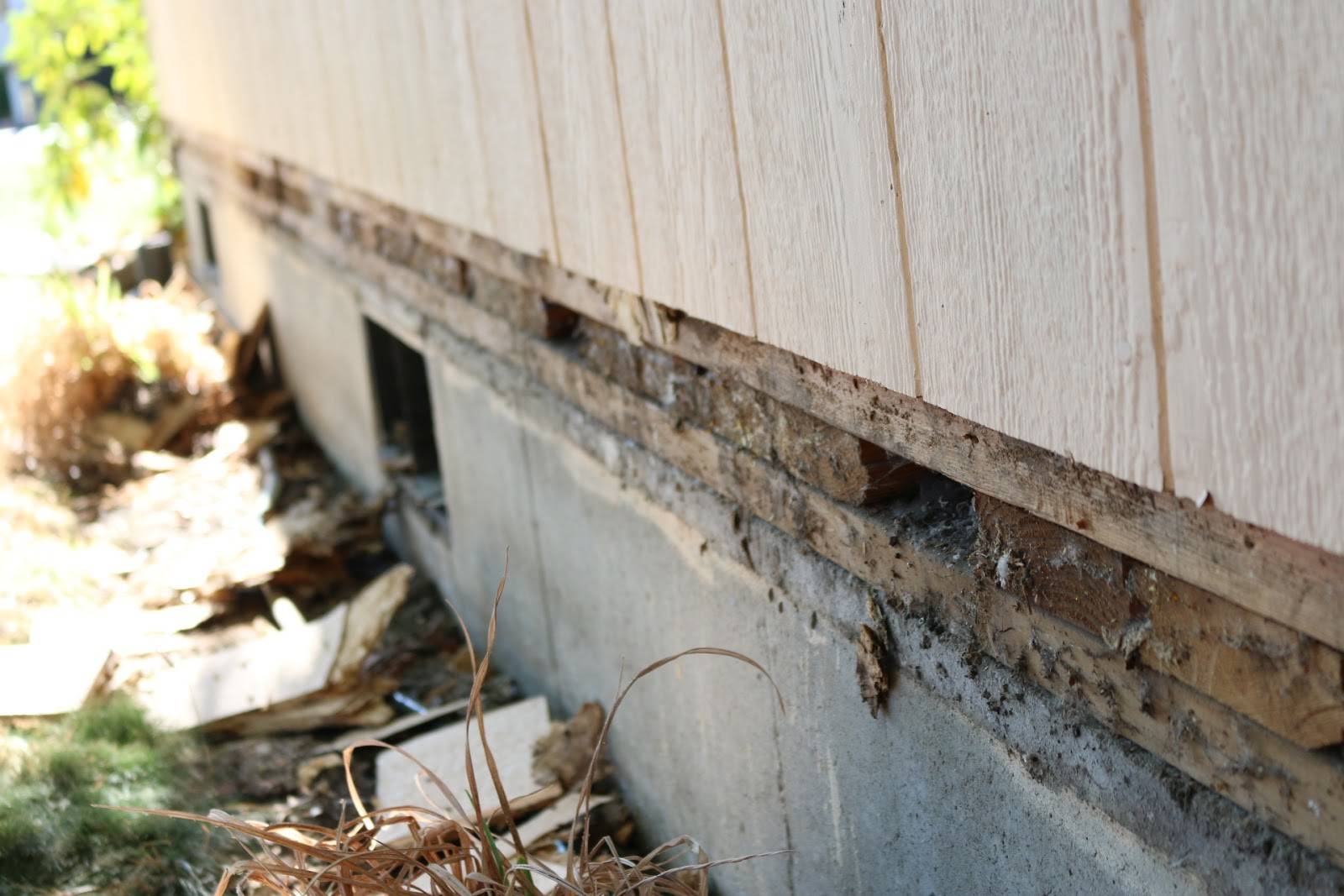



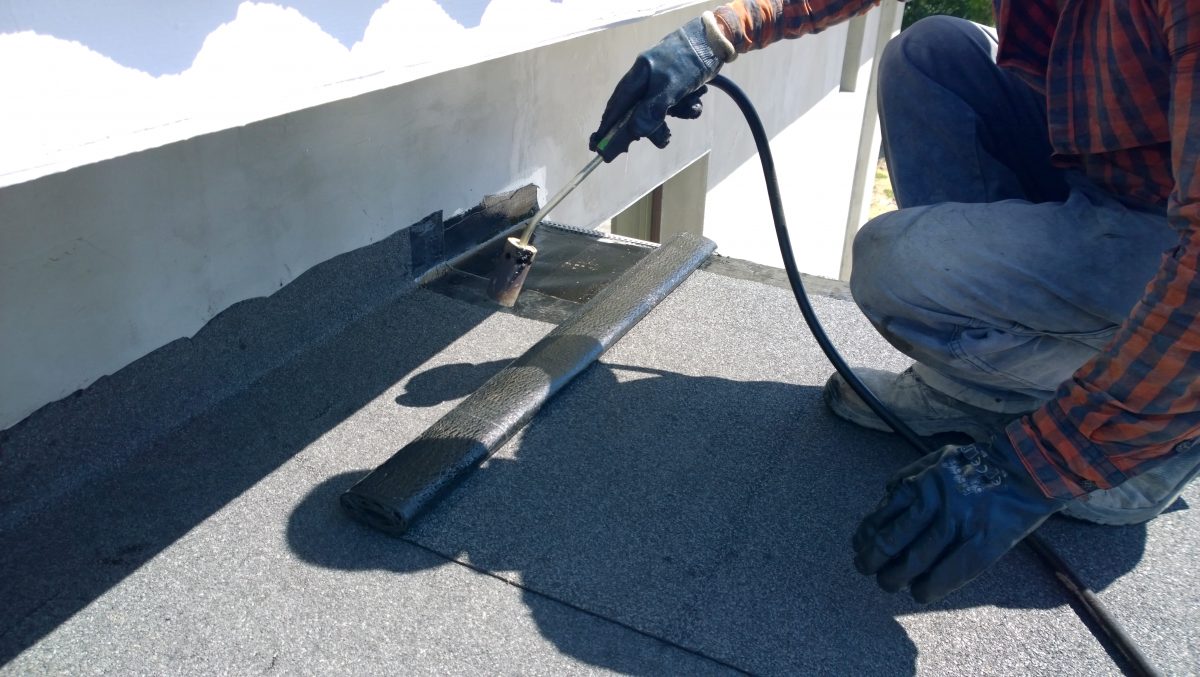

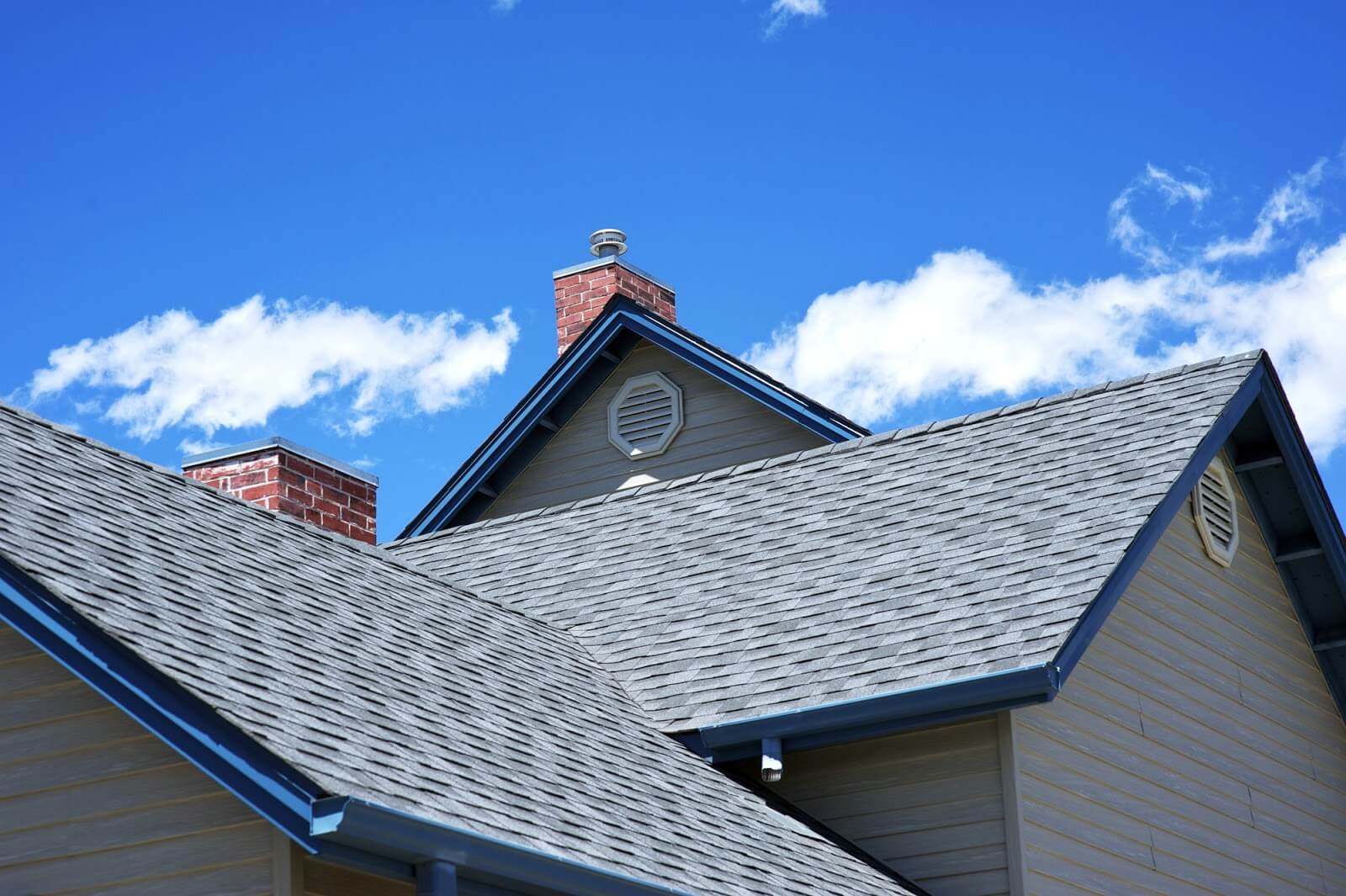
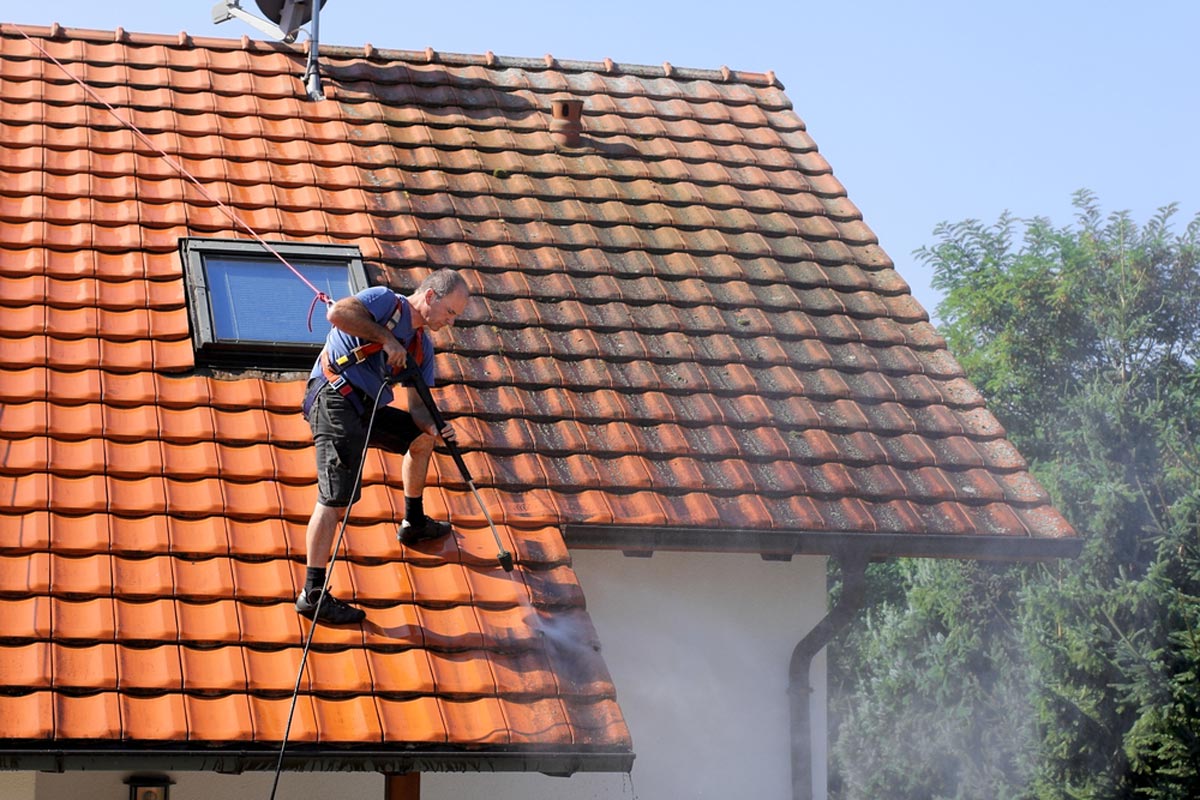

0 thoughts on “How Much Hail Damage For Insurance To Replace Roof”